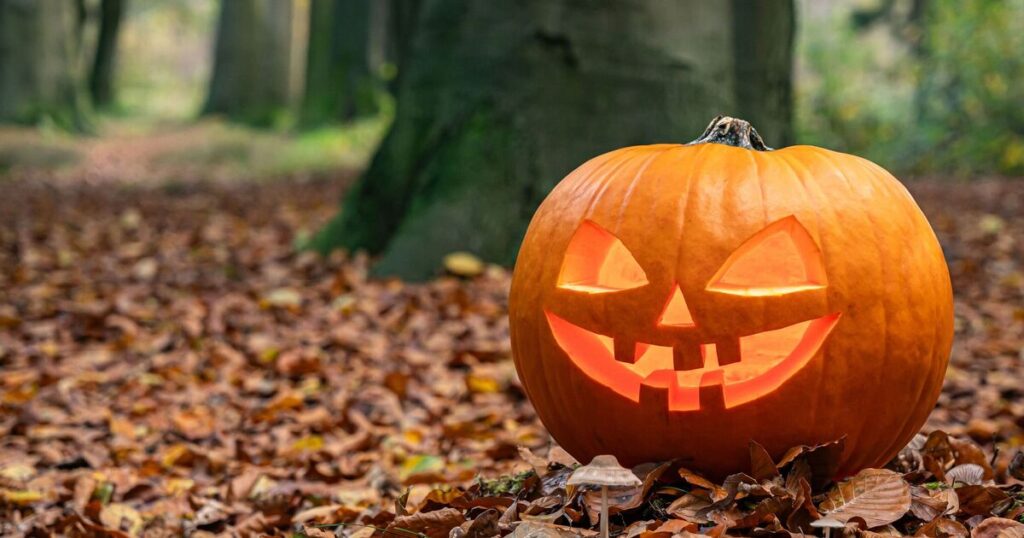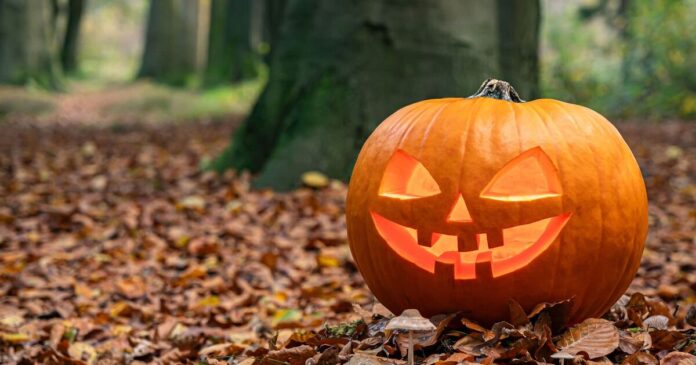
It’s that time of year when the shops are full of pumpkins to carve for Halloween or if you have young children then it is the obligatory trip to the pumpkin patch to pick you own. However carved pumpkins can decompose in as little as three to seven days depending on conditions like weather and sunlight. Mouldy pumpkins are dangerous to wildlife because they can cause mould poisoning, digestive distress, and spread disease, so they should not be left out for animals or dumped in nature.
Pumpkins are not a natural part of most ecosystems, and animals like hedgehogs, deer, foxes, and badgers are not adapted to eat them, especially when they have started to rot. So what can you do to slow down the rotting of your pumpkin and make it last much longer? After all if you’ve spent a lot of time carving jack-o’-lanterns to create a fabulous display surely you want their autumnal beauty to stay looking bright, orange, fim and spooky for weeks.
So of the various different methods used to preserve a pumpkin, which secret ingredient works best? Chances are you alread have it in your bathroom cabinet. Better known for protecting chapped lips in winter or keeping dried out hands and feet moisturised, petroleum jelly, or Vaseline as it is more commonly known, is your best friend this Halloween.
First start by soaking your pumpkin in a solution of bleach and water for a couple of hours before you carve it as this kills any bacteria that contributes to the decaying process.
Using a large bucket or container, submerge in a bleach/water solution of 1/3 cup bleach per gallon of water. Your pumpkins should soak for several hours ideally.
When you have patted it completely dry you are ready to carve. Once you have scooped out the flesh and seeds apply petroleum jelly (Vaseline) to the cut edges of a carved pumpkin. This can help it last longer by sealing in the moisture and slowing down dehydration. This creates a barrier that prevents the pumpkin from drying out and shrinking as quickly.
Pumpkins that dry out tend to collapse around their carved edges. Petroleum jelly keeps them moist for longer and slows down the drying process.
According to New York based Bea Copeland, known as is the millennial Martha Stewart, who tested six different methods of preserving pumkins she said: “The pumpkins doing the best were the petroleum jelly and the bleach/petroleum jelly combo pumpkins, which were both the brightest and most well hydrated.
She says: “After carving, remove all the pulp and seeds from the inside. Apply the petroleum jelly: Rub a layer of petroleum jelly on all the cut edges, including the top where the lid was carved and any other carved openings. You can also apply it to any cracks on the outside of the pumpkin.
“For the best results, store your pumpkin in a cool, shaded spot. Avoid using real candles, as they can heat the pumpkin and speed up the decay process; instead, use battery-powered or LED lights.
It is also really important not to use real candles inside a pumpkin coated with petroleum jelly, as petroleum products can be flammable. Use only battery-operated or LED lights for illumination.
Pumpkin begins to oxidize and decompose as soon as you make the first cut, so time is of the essence. Make sure you have everything ready before you begin hacking away at your pumpkins.






















